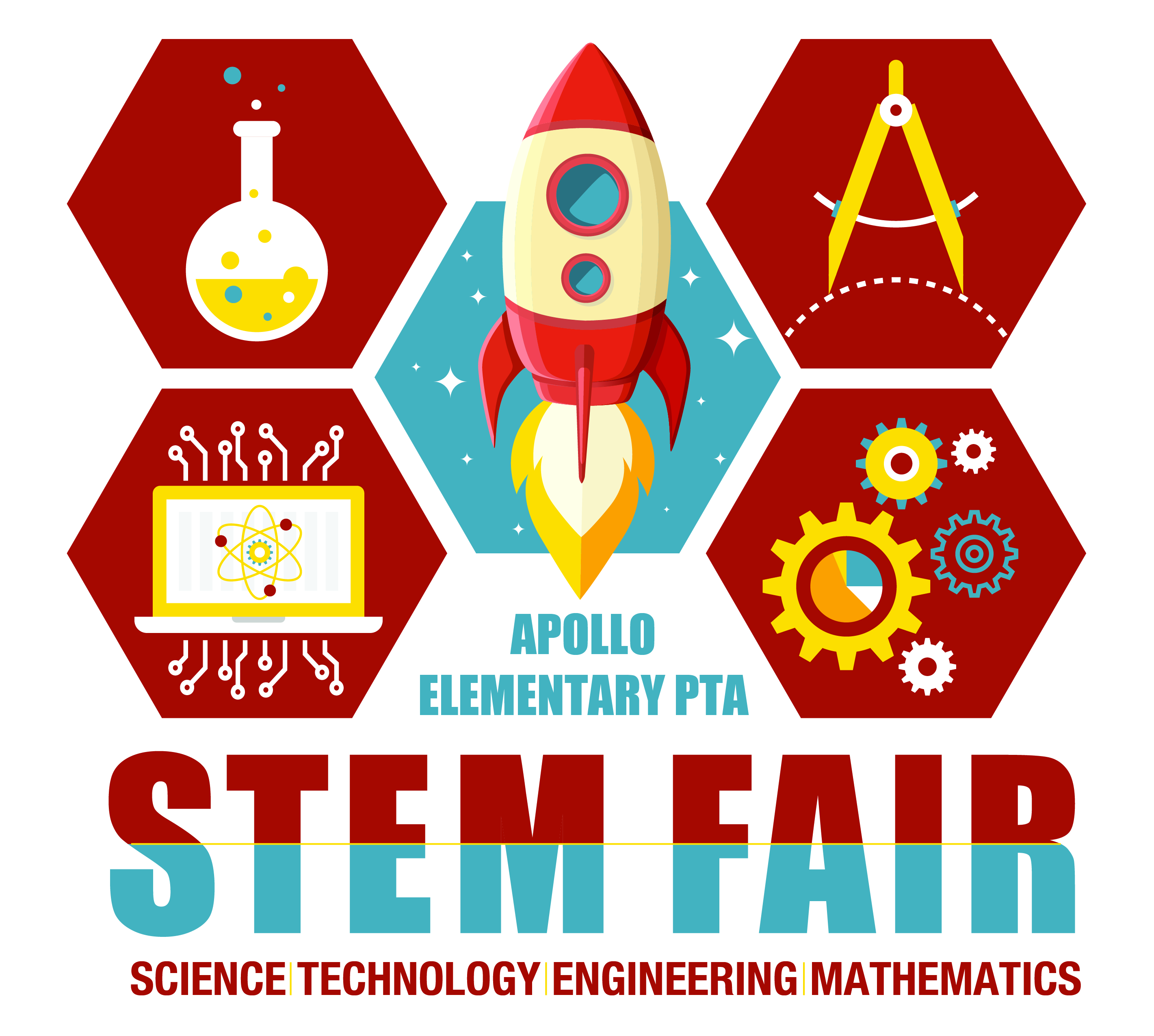
 STEM Fair Student Project Path B and Path C Instructions
STEM Fair Student Project Path B and Path C Instructions
Path B: research and model an existing invention
&
Path C: make your own invention (For 3rd - 5th Grade ONLY)
We are open to most new ideas for projects. Students are encouraged to be creative and original with ideas. These ideas could be for toys and games, or new items to help parents with babies or pets. It would also be great to research inventions that have changed our daily lives, like telephones and electronic cars. All these ideas should focus on what problems they are trying to solve, and the inventions should be something you could realistically create or build a model of. Planning and time management are important proactive skills to learn and are a big part of this activity.
*PARENTS, please help your child in planning and shopping for materials, but portions of building their invention or model would be useful for them to do themselves. Please keep in mind that if the model or inventions does not work as expected, or if it only bears a faint resemblance to their original drawing or diagram, that is OK! That is all part of the engineering process, and things do not always turn out perfectly according to original plans.
Both Path B and Path C can be displayed following the suggested pattern below.
For both Path B and Path C, we suggest that students design their inventions following steps listed below. The steps in each path have been laid out with the Engineering Design Process in Mind. For example, Step one in each path is the “Ask” step. Step two is the “Imagine” step and so on.
Display Tips:
All projects should include a display board with: title, student name(s), teacher name and grade.
Please contact Juliet Gong/Laura Ni via stemfair@apollopta.org if you have any questions regarding the project.